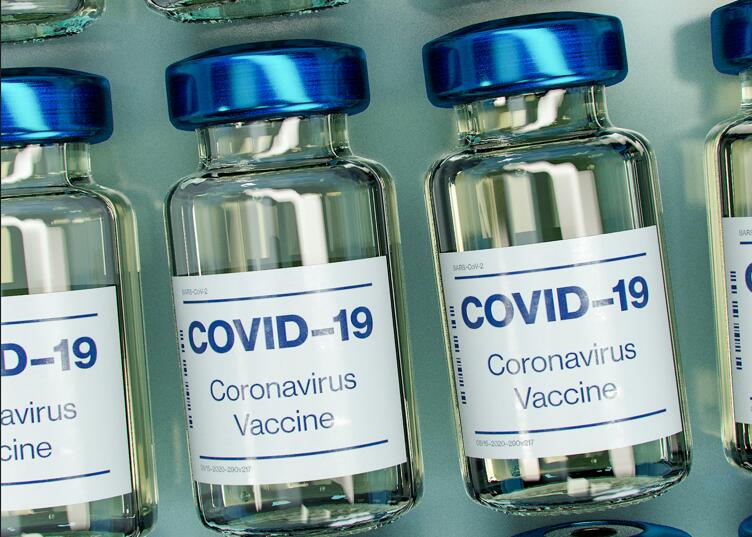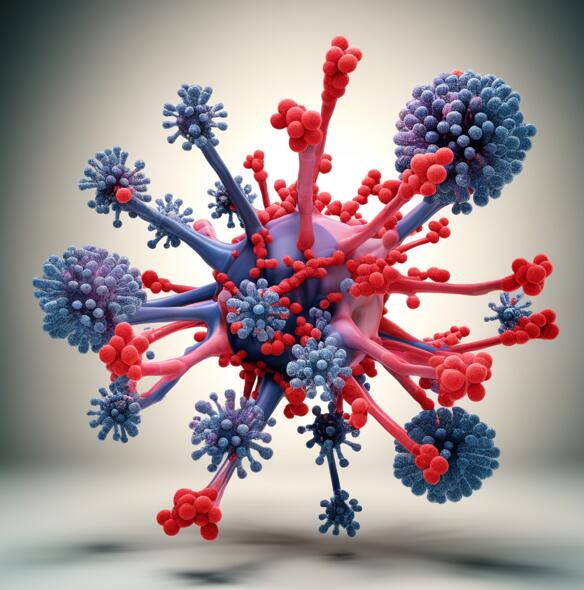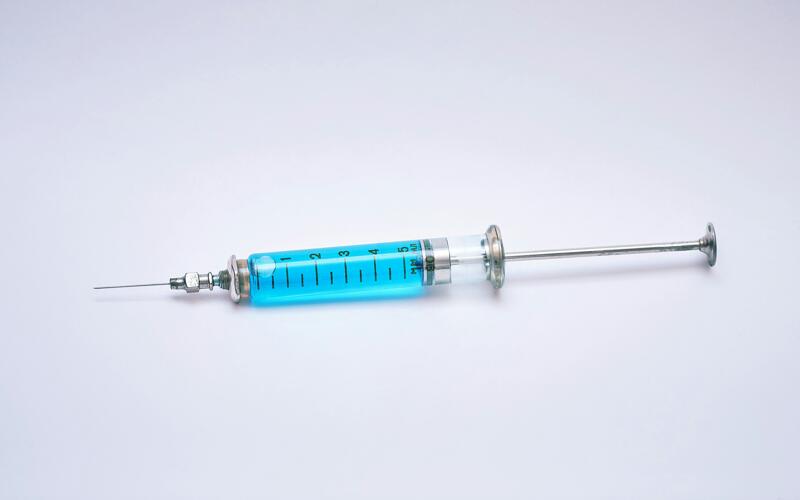During this period, the development and production of COVID-19 vaccines have become a focal point of global attention, prompting countries worldwide to increase investment and accelerate the processes for vaccine research and approval. This has presented unprecedented opportunities for the biopharmaceutical industry, albeit exposing vulnerabilities in the global biopharmaceutical system in terms of technology.
Today, although the COVID-19 pandemic has not been completely eradicated, the overall situation has stabilized, and the world is transitioning into a post-pandemic era.
In the post-pandemic era, there is a growing focus on healthcare and preventive medicine, with an increasingly urgent demand for health security. In this ideological shift, the impact on the biopharmaceutical industry is complex and diverse. Nanobodies, leveraging their various advantages, are poised to carve out their own niche in this era.

Nanobodies, as an emerging biotechnology, rely on their precise and efficient drug delivery system to target specific cells or tissues, thereby enhancing therapeutic efficacy and significantly reducing side effects.
Nanobodies can expedite the research and development process of new drugs. By targeting specific disease markers with high selectivity and affinity, they enhance the effectiveness and safety of drugs. Consequently, biopharmaceutical companies can bring new drugs to market more quickly, meeting patients' demands for innovative treatments.
Furthermore, the simple results and small molecular size of nanobodies endow them with excellent modifiability and penetrability. After modification, they can improve drug delivery and release, encapsulating drugs in nanoscale carriers for precise drug release. This not only enhances the bioavailability of drugs but also reduces drug dosage and frequency, lowering patient discomfort and adverse effects.

These characteristics are highly coveted in the eyes of people in the post-pandemic era. They offer effective and rapid treatment for diseases or achieve certain health guarantees while significantly reducing the discomfort and adverse effects of drugs. It's as if they were akin to the miraculous elixirs of ancient mythology, curing ailments and restoring vitality.
Currently, three nanobody drugs have been approved for marketing worldwide. Apart from Ozoralizumab, a bispecific antibody primarily used to treat rheumatoid arthritis, which was approved for marketing in Japan in 2022 but has no sales statistics yet, the other two drugs have accumulated sales exceeding 6 billion RMB since 2018.
Caplacizumab, a monoclonal antibody approved for marketing in Europe and the United States in 2018, is mainly used to treat acquired thrombotic thrombocytopenic purpura (TTP). Its accumulated sales reached 657 million euros by the first half of 2023, equivalent to over 5.1 billion RMB. Enovate, a domestically developed monoclonal antibody primarily targeting unresectable advanced solid tumors, was approved for marketing in China in 2021. By the first half of 2023, its accumulated sales had reached 920 million RMB, accounting for approximately 0.2% of the market share of biopharmaceuticals in China during the same period. This achievement is undoubtedly remarkable.

With the sales performance of the three nanobody drugs worldwide and the myriad characteristics of nanobodies, we have every reason to believe that nanobodies will shine brightly in the coming years. According to data and calculations from Frost & Sullivan, China is expected to experience a period of rapid development in the biopharmaceutical industry from 2025 to 2030. Undoubtedly, the nanobody industry will soar with this favorable wind, making a significant contribution to the medical industry in China and globally.
Let us maintain a curious and optimistic mindset as we await the arrival of that time.







